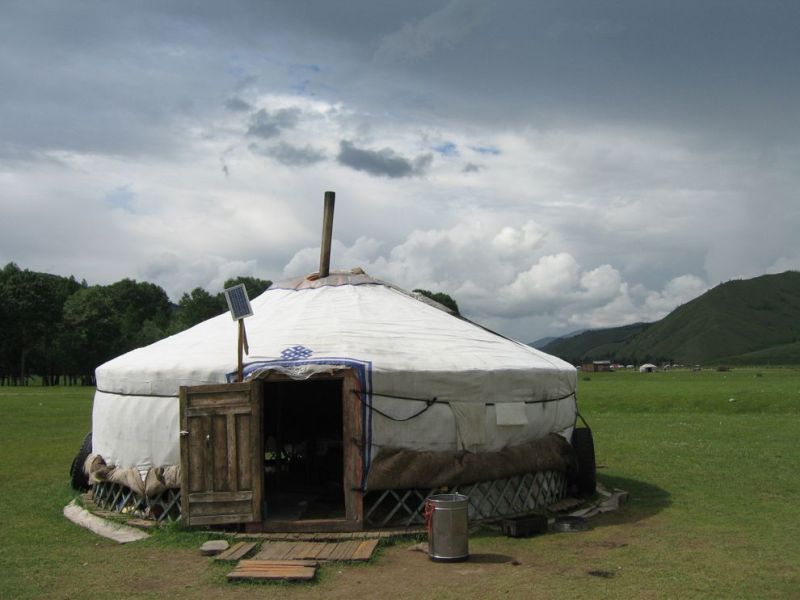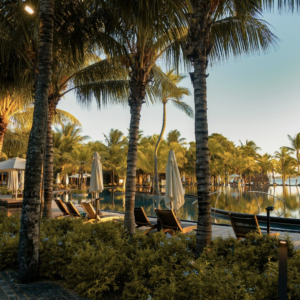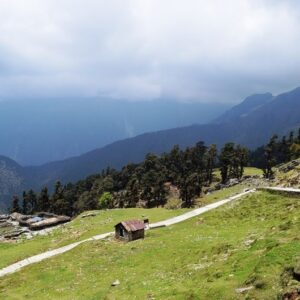A quick language clarification: this article will use the words yurt and ger interchangeably. ‘Yurt’ is derived from a Russian translation of the word ‘ger’, which is how the structures are referred to in Mongolia.
Yurts are popular in the West as a luxurious way of camping. The round, tent-like structures are renowned for their warmth and strength. Yurts have a long and storied history intimately connected with the landscape of the Mongolian Steppe, the relationship between people and space, and the economic use of scarce materials. Millions of people still live nomadic lifestyles in gers in central Asia – traveling with their livestock across the great sweeping Steppe.
The Origins And History Of The Yurt
Ancient Evidence

There is evidence to suggest that the Buryat communities in Siberia were the first people to develop yurts. The earliest known depiction of a yurt, however, comes from somewhere a little warmer. A bronze bowl dating from around 600 BC has been found in Iran that is decorated with images of a ger.
The Mongols
The expansion of the Mongol empire by Genghis Khan in the 13th Century saw the use of the yurt spread all over Asia. This was undoubtedly the heyday of the yurt. Wherever the Mongol peoples settled, the yurt became popular. Mongolian families moved several times a year, disassembling and rebuilding their ger homes as they traveled.
The famous Italian traveler Marco Polo visited Mongolia in the 13th Century. He described yurts covered in felt and drawn by oxen and camels.
In the fields of social studies, anthropology, and ethnography, academics have long tried to understand the relationship between landscape, dwelling, and concepts of space. The yurt has often been explored because its form is said to be a reaction to the spiritual as well as physical conditions of the central Asian Steppe. Without going into too much detail, it suffices to say that there is lots of fascinating academic work unpicking the meaning of yurt design. The love of land not just for its looks but for its spiritual and cultural implications is known as topophilia. Many academics have argued that yurt dwelling on the Steppe is part of a topophilia lifestyle where a sense of freedom and space are intimately linked to a sense of identity.
Mongolian people still live in yurts in huge numbers. Mongolia is the least densely populated country in the world, and 90 percent of the rural population live a nomadic lifestyle in ger homes. Even in towns and cities, yurts are popular. In the capital city of Ulaanbaatar, 60 percent of citizens live in yurts. Rural people moving to the city for work often find living in non-yurt accommodation disorientating. Homebuilders have helped them adapt by building yurt-like residences in the city. On the outskirts of town, almost every home is a ger.
Bill Coperthwaite’s Math Class

The yurt was introduced to the West by an American maths teacher called Bill Coperthwaite. He was exploring ways of using traditional architectures to build efficient shelters in the 1960s. Having completed their curriculum for the year, Bill’s students were set the task of using mathematic principles to create a ger. Their success led Bill to believe that Yurts could have a real future in the West. In 1972, he formed the Yurt Foundation, which aimed to explore ways in which architecture, maths, and indigenous design could create harmonious living arrangements. Today, yurt hire companies offer luxurious gers to people wanting to escape the claustrophobic confines of conventional living for a time.
Why Are Yurts So Effective?
Mongolia is a place of extreme weather conditions. Because of this, nomads based their temporary home designs around ways to create and insulate heat. Traditionally, felt is used to insulate a yurt. Felt made from sheep, goat, or yak hair is very thick and keeps heat in very effectively. A single small stove can keep a yurt warm very easily.
Gers are quick to dismantle and build but intrinsically very stable. The round shape of the yurt is one of the strongest natural forms. Wood is very scarce in Mongolia, so yurt builders had to find ways of being very sparing with the material. This means that there are very few non-collapsible parts involved in yurt building.
Mongolian winds are often very strong indeed. Yurts have graduated roofs and small, stout doors. This helps them resist wind from any direction. The ‘crown’ of the yurt is often slightly open. This allows air to circulate and smoke to escape.




